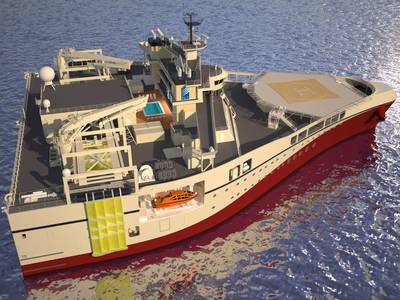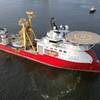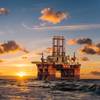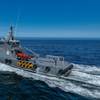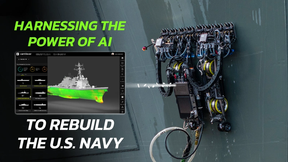ABB Wins $26m Marine Repeat Order
ABB won a $26m order to supply electrical power and propulsion systems for two next generation ‘Ramform’ vessels, capable of three-dimensional (3D) seismic data acquisition for deep sea resource exploration.
The ships will be constructed by Mitsubishi Heavy Industries, and delivered in 2015 to Norway’s Petroleum Geo-Services ASA (PGS), a leading company in marine seismic and reservoir data acquisition, processing and analysis/interpretation services. Oil and gas companies use this data to explore for hydrocarbon accumulations, develop new oil and gas fields, and manage their producing fields.
Mitsubishi Heavy Industries chose ABB as the main supplier of power and propulsion systems and are already building two identical seismic vessels based on the first order from 2011, which will be ready for delivery in the first and fourth quarter of 2013.
"Being selected as the main supplier of power and diesel electric systems for this unique vessel series once again, shows the customer's faith in our ability to execute complex projects and deliver reliable solutions, that contribute to increased energy efficiency and optimized performance,” said Veli-Matti Reinikkala, head of ABB’s Process Automation division. “ABB has a successful history of helping to efficiently power such highly specialized ships to keep them at the cutting edge of the marine industry.”
The ‘Ramform Titan-class’ vessels are the newest generation in the Ramform series, featuring advanced 3D seismic data acquisition/analysis capability. At 104 meters long, the ships will have an exceptionally wide breadth of 70 meters and will feature diesel electric main propulsion for quiet operation.
ABB will supply an complete power and diesel electric system package, consisting of medium voltage switchboards including power management systems, generators, transformers, frequency converters and motors. The systems will provide reliable and fuel efficient propulsion for the ships.
The Ramform Titan-class vessels will employ multiple streamer cables, each several kilometers in length, towed from the vessel's stern. The cables will contain a vibration sensor (‘hydrophone’) to detect echoes of sound waves emitted from sound sources and bounced back from the sea bottom and stratum boundaries. The echoes are used for 3D seismic analysis, to determine geological composition and natural resource location.



